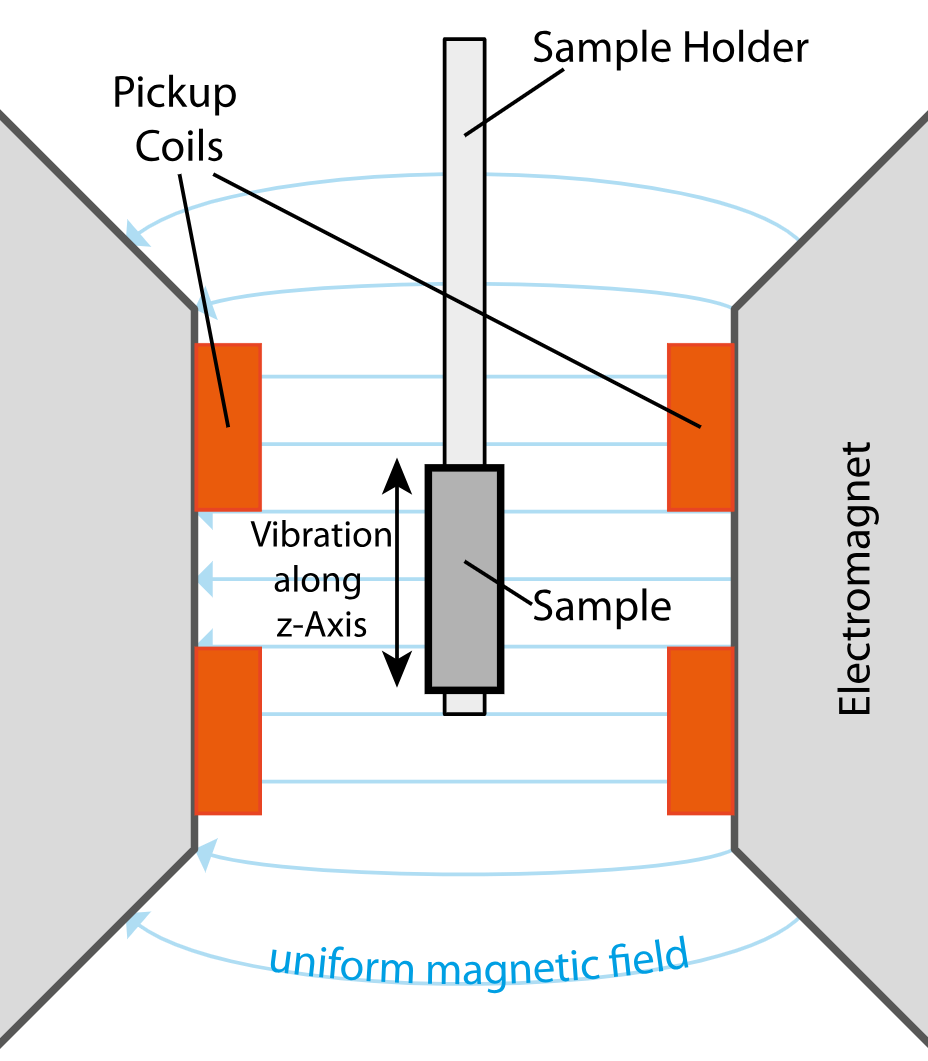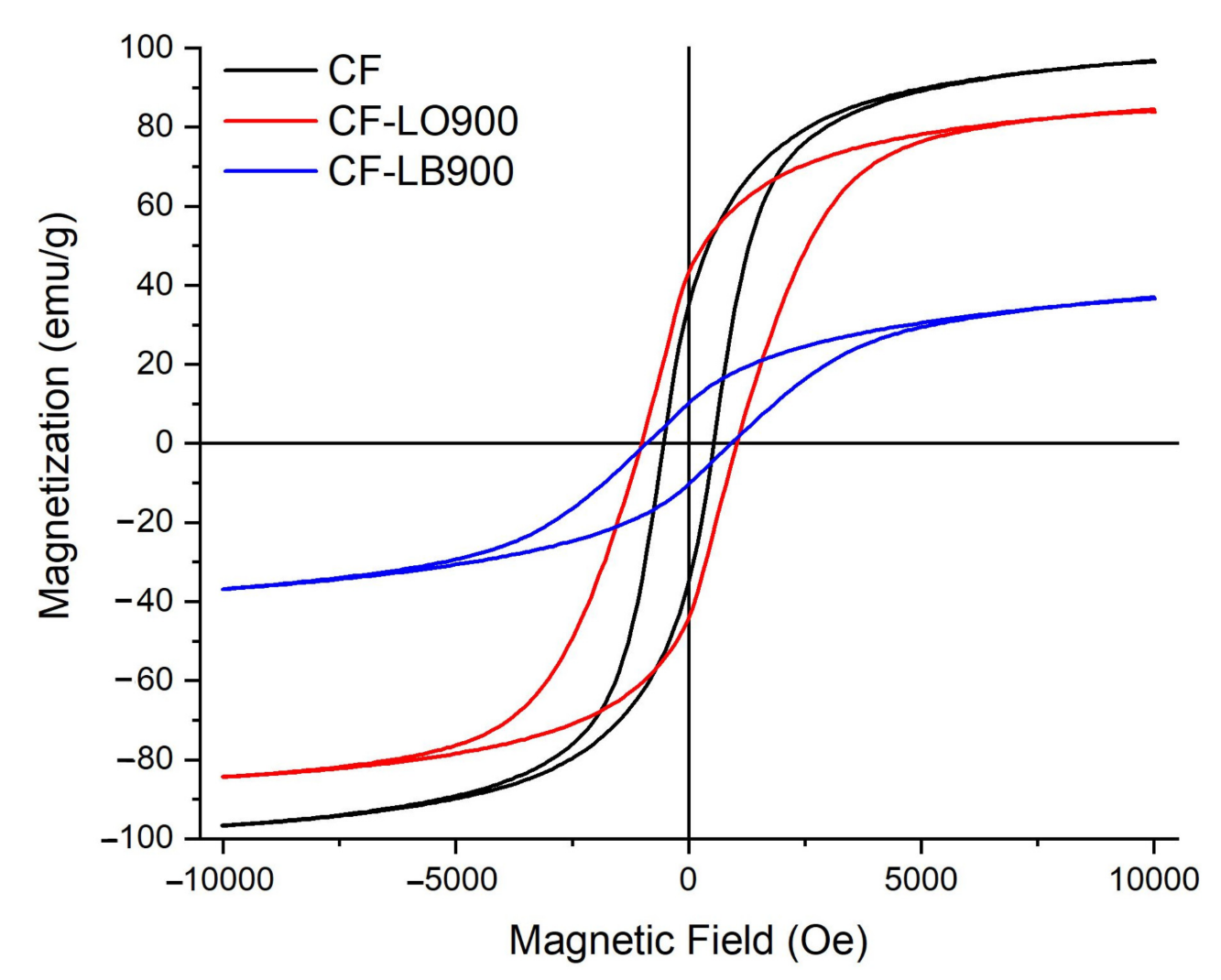Vibrating Sample Magnetometer (VSM) Analytical Service
A Vibrating Sample Magnetometer (VSM) is a precision instrument used to measure the magnetic properties of materials. It works on the principle of electromagnetic induction: when a magnetized sample is vibrated in a uniform magnetic field, the resulting change in magnetic flux induces a voltage in a set of detection coils. This induced voltage is proportional to the magnetic moment of the sample. Magnetic characterization is critical to advancing modern technologies in materials science, electronics, biomedical engineering, and nanotechnology. Whether developing new magnetic alloys, optimizing nanocomposites, or exploring spintronic materials, precise analysis of magnetic properties provides deep insight into the structure–property relationships that govern material performance. Among available magnetic analysis techniques, the Vibrating Sample Magnetometer stands out for its sensitivity, accuracy, and wide applicability. The vibrating sample magnetometer enables the direct measurement of key magnetic parameters such as Saturation magnetization (Ms), Remanent magnetization (Mr), Coercivity (Hc), and Magnetic susceptibility (χ) under controlled temperature and field conditions. These properties are vital in understanding magnetic behavior in functional materials.

Figure 1. VSM Schematic
Service at MtoZ Biolabs
MtoZ Biolabs provides high-precision Vibrating Sample Magnetometer (VSM) Analytical Services for comprehensive magnetic characterization of diverse materials. Our Vibrating Sample Magnetometer (VSM) Analytical Service supports key measurements including magnetization versus magnetic field (M-H) hysteresis loops, from which critical parameters such as coercivity (Hc), remanent magnetization (Mr), and saturation magnetization (Ms) are derived. We also offer temperature-dependent magnetization profiling, including zero-field-cooled (ZFC) and field-cooled (FC) curves, across a broad temperature range of 2 K to 400 K. These measurements enable precise analysis of magnetic phase transitions, blocking temperatures, and superparamagnetic behavior. Such characterization is essential for understanding soft and hard magnetic properties, thermal effects, and field-dependent responses—supporting both academic research and industrial material development. If you are interested in our Vibrating Sample Magnetometer (VSM) Analytical Service, please feel free to contact us. Our technical specialists are available to provide a free business assessment.
Service Advantages
1. Wide Temperature Range
Equipped with cryogenic and variable-temperature control, our VSM platform supports detailed magnetic measurements under both low-temperature (superconducting and spin glass systems) and elevated-temperature (thermomagnetic transitions) conditions.
2. High Sensitivity and Precision
Utilizing state-of-the-art detection coils and low-noise electronics, our system can accurately measure weak magnetic signals from nanomaterials, thin films, and dilute magnetic systems, ensuring data reliability for challenging sample types.
3. Versatile Sample Compatibility
Suitable for powders, bulk solids, magnetic films, pellets, and composite materials with a wide range of morphologies, including isotropic and anisotropic forms.
4. Customizable Measurement Protocols
We offer tailored analysis procedures based on sample type and research objectives, including field sweep range, temperature ramping profiles, and measurement modes.
5. Rapid Turnaround and Confidential Service
We ensure timely delivery of high-quality results while maintaining strict confidentiality and data integrity throughout the testing process.
Applications
Our Vibrating Sample Magnetometer (VSM) Analytical Service is widely used in academic research, materials science, and industrial development. Key application areas include:
💠Magnetic Nanoparticles and Ferrofluids: Assessing superparamagnetism, magnetic anisotropy, and blocking temperature for biomedical, sensing, and data storage applications.
💠Permanent Magnet Materials: Evaluating coercivity, remanence, and magnetization in rare earth alloys and ceramic magnets for motors, actuators, and electronic devices.
💠Spintronic and Magnetic Semiconductors: Characterizing thin films and layered structures for use in memory devices, magnetic logic gates, and advanced electronics.
💠Soft Magnetic Materials: Optimizing low-coercivity materials for transformers, inductors, and RF components through hysteresis loop analysis.
💠Magnetocaloric and Thermomagnetic Materials: Studying field-induced thermal effects and phase transitions using temperature-dependent magnetization measurements.
Case Study
Magnetic Characterization of Cobalt Ferrite–Lignin Hybrids
A research team develop eco-friendly magnetic nanomaterials by synthesizing cobalt ferrite–lignin hybrids via combustion of metal nitrates using two types of lignin. The hybrids were calcined at 500 °C and 900 °C, leading to significant differences in crystallinity and particle morphology. Vibrating Sample Magnetometer (VSM) analysis was employed to evaluate their magnetic properties. Measurements of M–H hysteresis loops revealed that the sample calcined at 900 °C (CF-LO900) with organic lignin exhibited enhanced magnetic performance, including higher saturation magnetization and coercivity (Hc) in the range of 1000–1500 Oe. These results were attributed to improved crystalline order and favorable cation distribution in the spinel structure. These findings demonstrate how Vibrating Sample Magnetometer (VSM) Analytical Service provides critical insights into magnetic performance related to particle structure and synthesis conditions, supporting applications in biomedical materials, drug delivery, and magnetically active composites.

Figure 2. Magnetization as a Function of Applied Field (M−H) Hysteresis Curves Obtained for Ferrite and Hybrid Materials, Respectively
FAQ
Q1: What types of materials can be measured using VSM?
VSM is compatible with solid-state, powdered, thin film, and liquid samples—including metals, ceramics, nanomaterials, magnetic fluids, and polymer composites.
Q2: Can your VSM system measure magnetic properties at cryogenic temperatures?
Yes. Our system operates within a temperature range of 2 K to 400 K, ideal for thermal transition analysis and low-temperature magnetism studies.
How to order?







